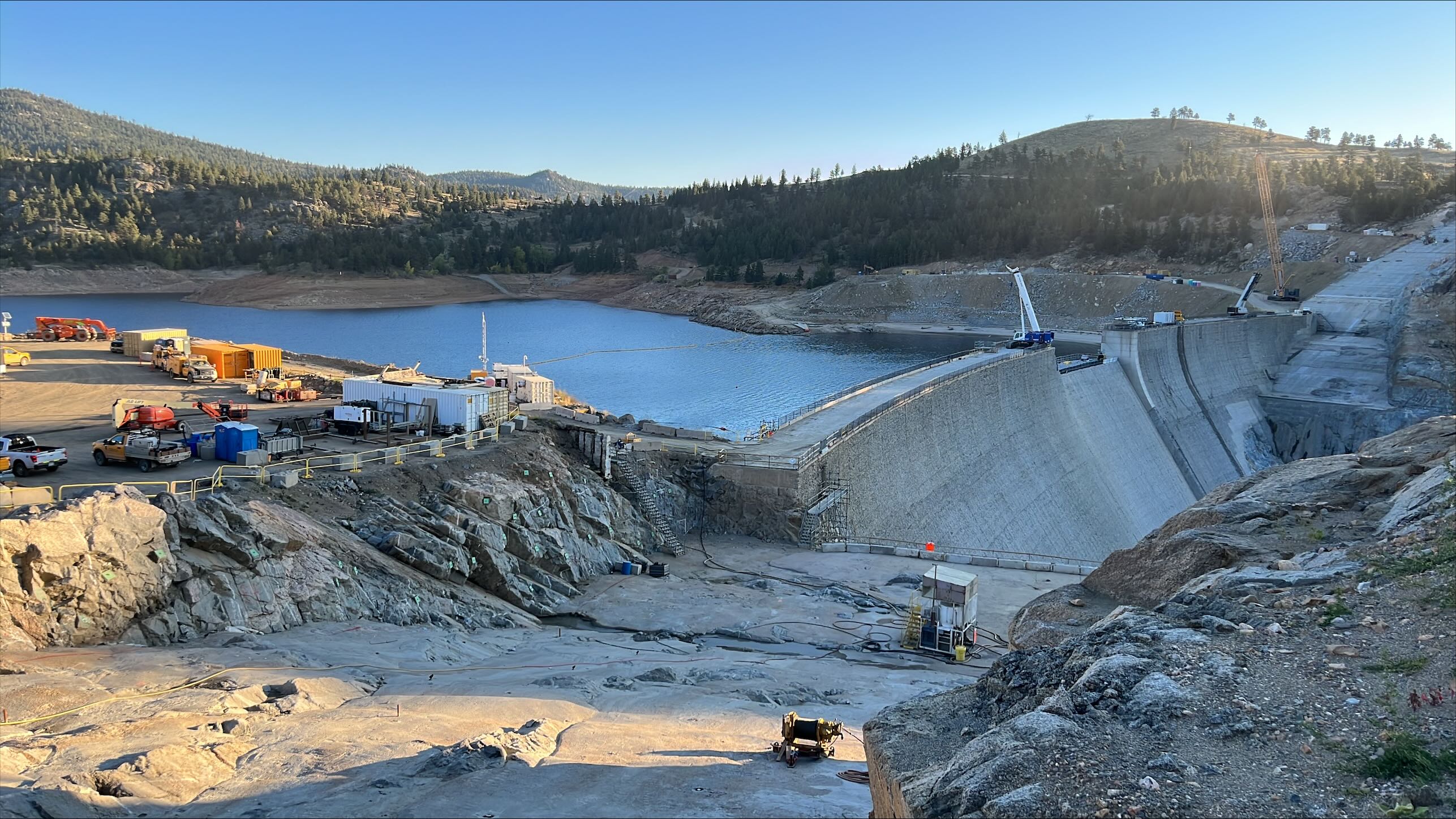

TBM and Geotechnical Testing
Joseph Verkler
Colorado School of Mines
The literature has shown that accurate numerical modeling of tunnel induced ground movement requires the utilization of advanced constitutive models such as the Hardening Soil-small (HS-small) model. However, many tunnel boring machine (TBM) projects do not perform the extensive geotechnical testing that is required to fully develop HS-small model geotechnical parameters. This paper presents a methodology utilizing in-situ data for deriving HS-small model geotechnical parameters from limited geotechnical lab test data. The application of this procedure is demonstrated by the numerical modeling of the Shoreline Storage project in Cleveland, Ohio with finite difference method software FLAC3D. An 8-meter diameter earth pressure balance (EPB) tunnel boring machine (TBM) is modeled under a surface cover of 31-meters. The TBM is modeled along a 4.8-kilometer tunnel alignment in medium stiff clay with an undrained shear strength of 100-150 KPa. Multi-point borehole extensometer and surface settlement data from the project are employed to calibrate the numerical model.
Joseph Verkler is a CAGE Scholarship Awardee and will be expanding on his University Night Presentation.